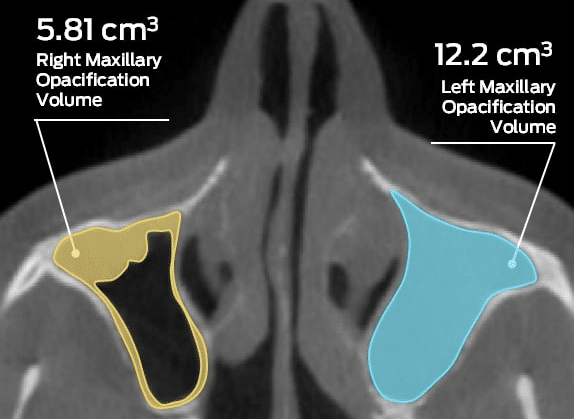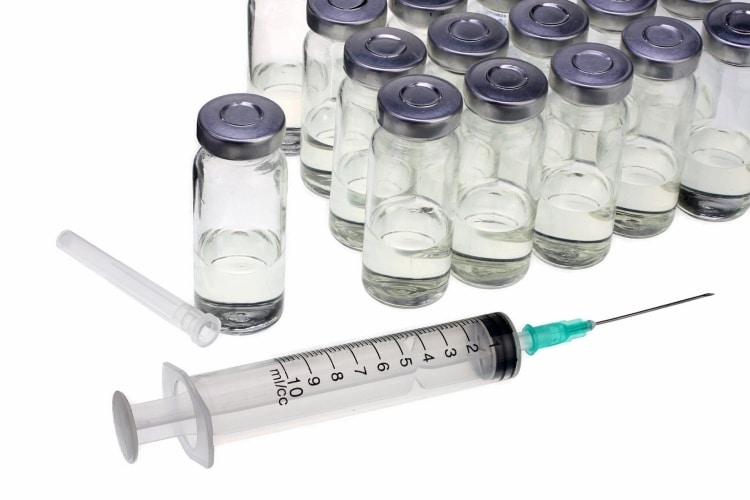Polyurethane is commonly used in a large number of medical applications, and is especially common in short-term implants. As a durable, corrosion- and wear-resistant material, polyurethane is prized by many for its strength and flexibility. This has led to 14 million tons of polyurethane being produced in 2010, with production expected to increase almost 30 percent by 2016.
Unfortunately, polyurethane is a petroleum-based product, and the increasing demand has many market participants and researchers seeking a more environmentally-friendly alternative. This is what inspires a team of researchers led by Michael Kessler, a professor at Washington State University’s School of Mechanical and Materials Engineering, to develop a means of producing polyurethane from plant oils.
Plant oils are inexpensive, readily available and feature a much more manageable environmental footprint. While there have been previous successes in creating polyurethanes from plant materials, Kessler’s work, published in the journal Applied Materials & Interfaces, offers greater flexibility and can be made in a range of stiffness and shapes.
The process involves combining two chemical groups, including a polyol, which is a compound with multiple hydroxyl functional groups that are available for reaction, the report explained. Some plant oils, such as linseed oil, have more reactive sites, which helps stiffen the resulting material. Oils with fewer sites result in a more flexible end product.
“What’s new about this is specifically the way we make the polyols,” Kessler said in the report, comparing his findings to building with Lego blocks. “It is the same concept with these chemical groups. They click together and form a chemical bond. The novelty of this particular work is that these polyurethanes are using a new chemistry made by a combination of castor oil fatty acid and modified vegetable oils.”
With the rise of non-invasive surgical implants, polyurethanes could be able to introduce innovations in the treatment of a wide range of health challenges. The material has already met a welcome reception as an implant for its strength, biocompatibility, durability and abrasion resistance. Some patients also report that polyurethane implants offer greater comfort than other materials. As such, there are already a number of medical devices incorporating polyurethanes currently undergoing clinical trials.
Kessler’s advancements could also help manufacturers to better manage both production costs and environmental footprint at a time when the health care industry is under heavy scrutiny. All efforts towards cost-containment can help lead to a warmer market reception and greater adoption among physicians.
However, as with any novel material, it is crucial that its safety and efficacy be ensured. Biologically-based plastics require thorough clinical evidence measuring toughness, tear resistance and abrasion resistance before they can make an impact on the medical industry.
Medical Metrics Inc. (MMI) has a substantial experience in clinical trials for medical devices with polyurethane components. In particular, we have gained recognition for work with next-generation spine devices, including the M6-C cervical artificial disc featuring a polycarbonate polyurethane compressible core, which is currently in the clinical trial stage. MMI was also able to lend its expertise for the clinical trial of the BRYAN® Cervical Disc titanium and polyurethane device, which was previously approved and now commercially available for the treatment of intractable radiculopathy and/or myelopathy.
In clinical trials for polyurethane-based or elastomeric-based medical devices, the retention of proven medical imaging management is crucial. The material represents several imaging challenges, as the polymers are often radiolucent, making precise and timely evaluation more difficult. MMI employs industry-leading medical imaging technology and radiologists experienced with all forms of fusion, arthroplasty and disc repair to ensure quality and accuracy.
Latest Industry News
Medical Metrics, Inc. Announces Involvement in ReOpen CRS Clinical Trials




